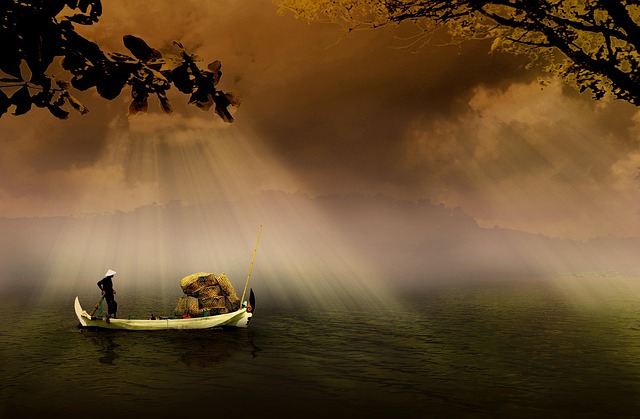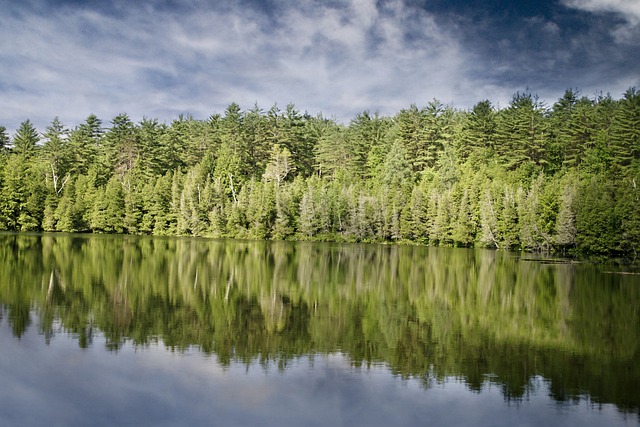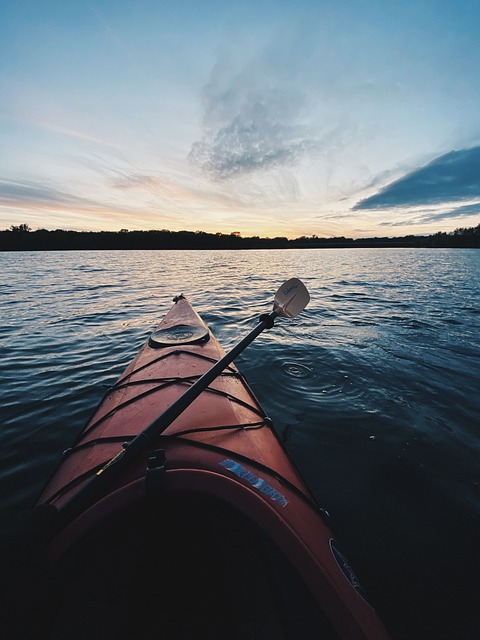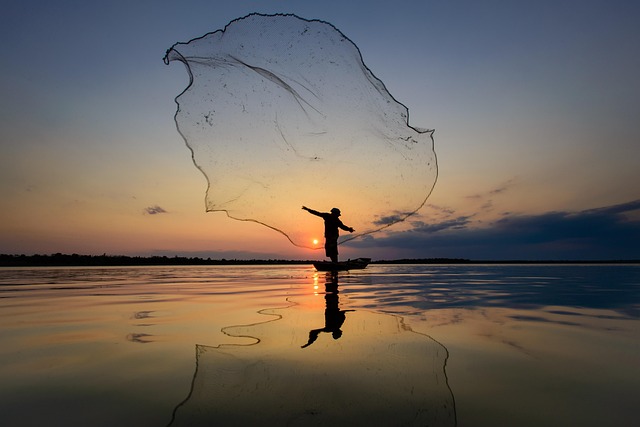Educational tours on local waterways provide an engaging way to learn about ecosystems, geography, and history through hands-on activities like bird watching and water quality testing. Lakeside picnic areas, often overlooked by urban dwellers, offer peaceful settings for reflection and connection with nature. These experiences foster curiosity about natural resources and encourage their preservation. Balanced tours catering to all ages, incorporating scenic spots, learning opportunities, age-appropriate content, and flexible weather adjustments create memorable events.
Educational tours of local waterways offer unique opportunities for learning and exploration. By engaging in these trips, students can gain valuable insights into environmental stewardship, biodiversity, and historical context. This article delves into the multifaceted benefits of such tours, focusing on how they enrich curriculums and foster a deeper connection with nature. We also explore the role of lakeside picnic areas in enhancing these experiences, providing memorable moments that stick long after the tour ends.
- Exploring the Benefits of Educational Waterway Tours
- Creating Memorable Experiences: Lakeside Picnic Areas
- Planning a Successful Local Waterway Tour
Exploring the Benefits of Educational Waterway Tours

Educational tours of local waterways offer a unique and engaging way to learn about our environment. By exploring rivers, lakes, and canals up close, students can gain a deeper understanding of ecosystems, geography, and even history. These tours often include interactive activities like bird watching, water quality testing, or even rowing boats, fostering hands-on learning experiences.
One notable benefit is the opportunity to discover and appreciate nearby Lakeside picnic areas. These scenic spots, often overlooked by urban dwellers, provide a peaceful setting for students to relax, reflect, and connect with nature. Educational tours turn these everyday locations into learning opportunities, encouraging curiosity about our natural resources and fostering an appreciation for their preservation.
Creating Memorable Experiences: Lakeside Picnic Areas

Lakeside picnic areas offer an ideal setting for educational tours, creating memorable experiences that engage both mind and senses. Students can observe wildlife habitats, learn about local flora and fauna, and connect with nature up close. These peaceful spaces encourage curiosity and exploration, fostering a deeper understanding of environmental stewardship.
With scenic backdrops and often accessible boat rentals, lakeside picnic areas provide the perfect platform for interactive lessons on aquatic ecosystems. Teachers can facilitate discussions about water quality, conservation efforts, and the interconnectedness of waterways, leaving students with valuable insights and unforgettable memories.
Planning a Successful Local Waterway Tour

When planning an educational tour of local waterways, the key lies in creating a well-rounded and engaging experience. Start by identifying scenic locations, such as lakeside picnic areas, that offer not just natural beauty but also opportunities for learning. Incorporate interactive activities like birdwatching or water quality testing to make the trip both fun and educational.
Consider the audience—are they students, families, or adults? Tailor the tour accordingly, ensuring the content is age-appropriate. Include informative stops at points of interest along the waterway, providing insights into local ecosystems and history. Also, plan for various weather conditions, as flexibility in itineraries can enhance the overall experience, making it a memorable and successful event.
